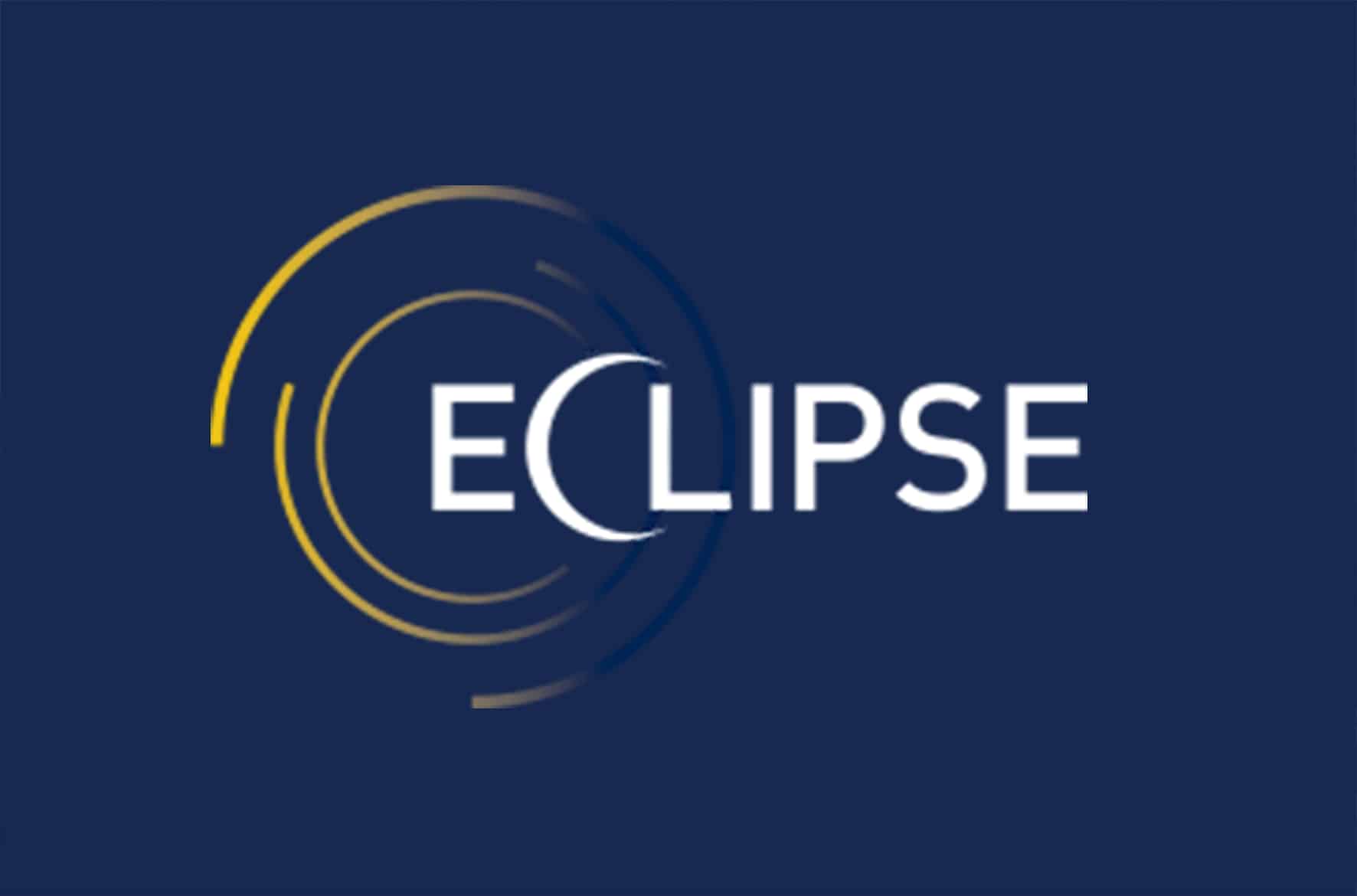What to do before the ISDN switch off
So what is the ISDN switch-off?
The UK ISDN switch off date is approaching fast. Before January 2027, Openreach will turn off the UK’s traditional telephone network. (Openreach is a BT subsidiary responsible for the network.) So, from 2027 onwards, all ‘landline’ phone communications will have to be internet based in one way or another, plus the internet you use will be delivered over fibre cables, rather than the old copper network.
Whether you have received a cold call from another telecoms company or seen a comment in the media, you may be aware that the technology behind how we make our telephone calls is changing. If you’ve been told that ISDN is being switched off and wondering what that means for your business or planning when you will need to take action we are here to help.
ISDN Switch off – explained in detail
The copper based PSTN and ISDN network began shutting down in 2020 – with the aim of turning the network off entirely by January 2027.
The PSTN (Public Switched Technology Network) is the traditional, copper wire based telephone network which has remained pretty much unchanged since the early days of public telephone networks. ISDN (Integrated Services Digital Network) is a digital platform that came into use in the 1980s to deliver what was, at the time, a vastly improved service capable of transmitting not only voice, but video and other data too.
A lot has changed since the 1980s, and neither of these technologies is capable of delivering the volume or quality of voice data needed in our increasingly digital world. Voice calls in the future will be made over the internet, often known as VoIP, making use of newer technologies such as fibre optic connectivity. A lot of traditional phone systems however use ISDN, although some may use multilines (multiple PSTN lines) which will also be affected by these changes.
What do you need to do?
As of September 2023 new ISDN lines can no longer be ordered, meaning if you need to make a change or move premises you will be required to use a new technology. But even if your current is set-up is working fine, you will still need to think about which technologies you will need to upgrade before the switch-off.
The aim is to turn off the network in 2025. So, you should start making plans for the switchover and check when your existing telecoms contract and telephone system maintenance is due for renewal, although you don’t have to be limited to this.
You do have time to plan and implement the necessary changes, though as time goes on those still using ISDN technology will notice support starting to dwindle as less ISDN – trained engineers are available to fix faults and availability of parts will decline. The quality of the network will without doubt decline, whilst moving to IP enhances the sound quality of a call, making it a better experience for your customers.
So, although you don’t have to panic, if the telephone is essential to your business, it will be worth not leaving the switchover until the last minute. Use the time to make a considered switch that may actually bring many benefits to your business and to make sure that the supplier you choose has the stability and technical expertise to support you.
What are the options?
You will need to upgrade to an internet based or VoIP phone system; this can be to SIP trunks (technology that lets you make calls over a data connection) connected to an IP compatible phone system – the halfway house – or moving to a fully-hosted cloud system to give you greater flexibility. These aren’t brand new technologies and have been tried and tested, offering the opportunity to upgrade the way in which you communicate.
Beaming has developed BeamRing, a fully hosted system that offers the latest in voice over IP technology with all the benefits of being delivered by business connectivity experts.
Click here to read our post: What’s the best digital phone system for my business?
How long does it take to switch over?
The process can take a couple of weeks, but this will depend on your existing infrastructure.
Using a provider such as Beaming will make the process easier, as we handle everything and take care of the porting process, as well as working with you to make sure minimal disruption to your business activities at the time of the ISDN switch off.
Many businesses have already made the move; the sooner you start considering your options the sooner your business can take advantage of the benefits a VoIP solution can bring.
Learn more: Should my business be worried about the UK ISDN switch off?
Find out more about moving on from ISDN phone systems.
Contact Beaming and we can discuss the best next steps for your business. We respond to forms within one working day, alternatively, give us a call on 0800 082 2868.

- Office 365
- Managed Services
Eclipse Procurement
Eclipse was already using cloud services to allow them to operate flexibly. However, they weren’t sure if they had the best solution, had adequate data security or were getting value for money. Find out how Beaming helped.

- BeamRing
- Fibre Leased Line
- Office 365
Royal Literary Fund
The RLF needed to change some systems to support the effective running of the organisation. They had suffered from poor service, and looked for who would understand what they needed.

- BeamRing
- Broadband
- Cloud Voice
Roselands Heating
With the ISDN switch off looming, Roselands knew they needed to upgrade to a VoIP system in order to keep providing excellent service to their customers – but they didn’t have time for any hassle.

- Temporary Lines
- Construction
- Tricky Location
- connectivity
Troy Homes
With multiple housing developments on the go simultaneously, Troy Homes need their sites to be well connected and capable of supporting a busy work force.

- Fibre
- Managed Networks
- Media
Iliffe Media Group
Modern media companies are bandwidth-hungry environments. Iliffe Media needed an upgrade to their network and required rapid, resilient connectivity between newsrooms and office locations across the UK.

- BeamRing
- Manufacturing
- Telephony
Plastipack
Plastipack, world leading manufacturers of energy and resource saving products, weren’t satisfied with their current VoIP system. They wanted a solution that could do more.